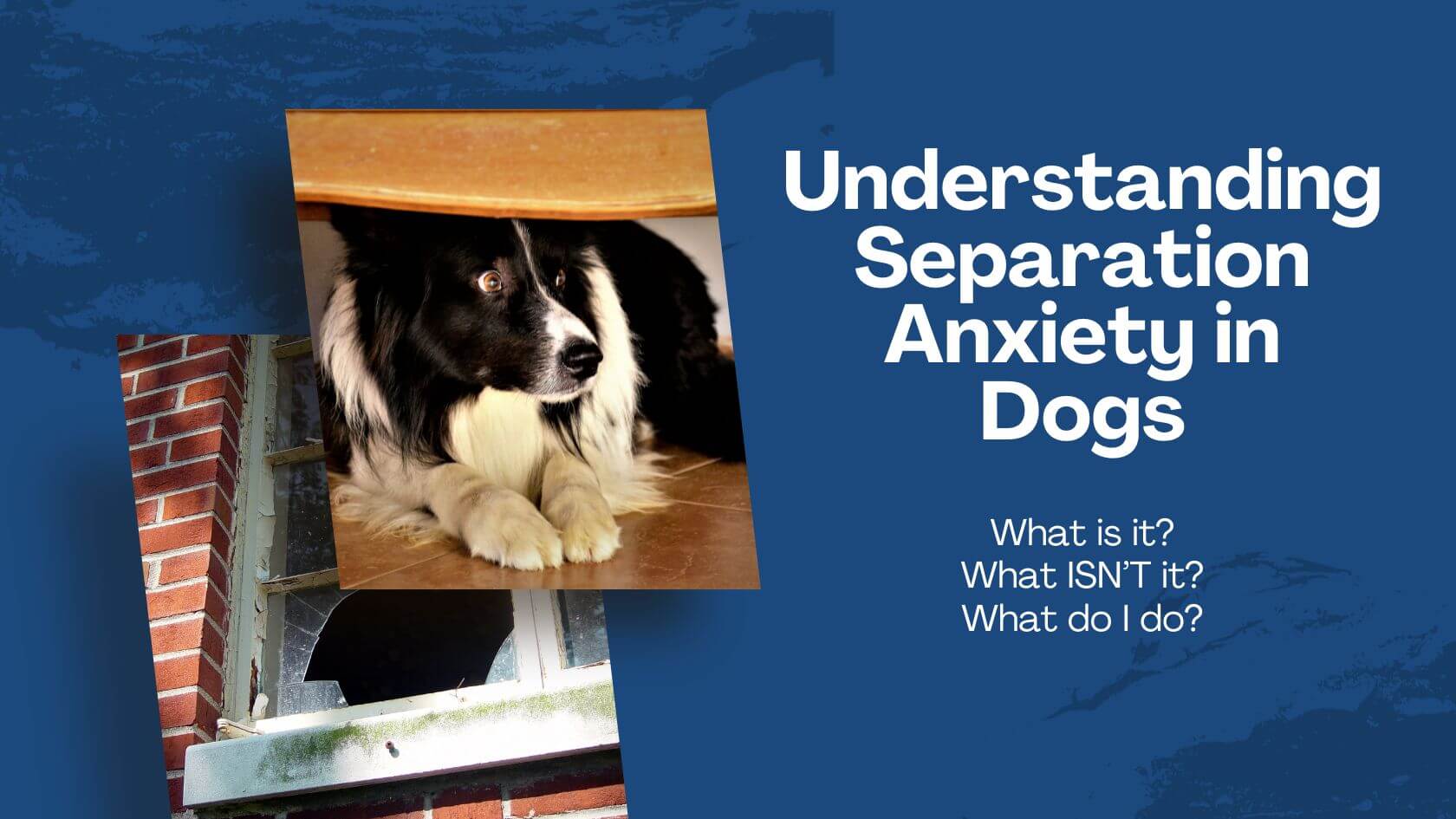Hey there, dog fam! 🐾
Is your four-legged friend acting a little off when you’re not around? Chewing through doors or excessively barking can be more than just bad behavior; it might be a sign of separation anxiety. It’s crucial to recognize the symptoms early and take appropriate measures to ensure the emotional and physical well-being of your pet. Let’s dive in and get you the answers you need.
What Does Separation Anxiety in Dogs Look Like?
First off, it’s essential to know what you’re looking for. Separation anxiety isn’t the occasional mischief or an accident here and there; it’s a consistent pattern of distress that happens when you’re away. Here are some telltale signs:
- Destroying Exit Points: If your dog is chewing on doorframes, scratching the area near windows, or trying to dig through barriers, they may be attempting to “escape” to find you.
- Excessive Vocalization: Constant barking, howling, or whining, especially when it begins just as you leave, can be a sign of anxiety.
- Self-Harm: In extreme cases, your dog may harm themselves by chewing on their paws or engaging in obsessive behaviors. They may also harm themselves trying to escape: for instance, cutting up their nose trying to push their way out of their crate.
- Elimination: If your dog is house-trained, but consistently eliminates as you are leaving or shortly after your departure, that’s another sign.
🤔 So, how is this different from “boredom chewing” or other mischiefs?
Great question! Dogs who are just bored might chew on household items or furniture, but they usually don’t show the same level of distress or focus on exit points. These behaviors are often less intense and sometimes may even happen even when you’re home if they’re “entertaining themselves.” [Update: here’s an article all about curbing those destructive behaviors!]
What Causes Separation Anxiety?
- Change in Routine: Dogs are creatures of habit. Any change—like a new job that keeps you away from home longer—can trigger anxiety.
- New Environment: Moving to a new home can be as stressful for your dog as it is for you.
- Previous Trauma: Dogs that have been adopted or have faced neglect in the past may be more susceptible.
- Genes: Some dogs are more prone to anxiety than others – it could just be genetics!
How to Help Your Dog
- Gradual Desensitization: A study conducted by Butler, Sargisson, and Elliffe demonstrated that systematic desensitization significantly reduced both the frequency and severity of separation-related behaviors in dogs[1]. Start by leaving your dog alone for short periods, increasing the time as they get more comfortable. Use positive reinforcement to make this a rewarding experience.
- If your dog’s separation anxiety is especially severe, this may mean suspending absences in the short term while working through it. Lean on professional dog walkers or daycares to fill in the gaps you can’t be home. Neighbors and family may also be an option if you need to be gone for extended periods.
- Work on leaving your dog alone.
- If your dog panics when in a different room, slowly build of the amount of time they are able to settle comfortable in another room. The same study mentioned above [1] stated that many owners reported that they try to compensate for their time away by always allowing their dogs to be physically close when they are home. However, this approach may actually worsen the symptoms of separation anxiety. Instead of a lack of experience with separation being the issue, the data suggests that the real problem is not gradually acclimating dogs to shorter periods of separation. This contrast between constant companionship and sudden, lengthy absences can exacerbate the dog’s anxiety.
- Most importantly, slowly build duration that you are able to exit the home without your dog panicking. This may initially be 1 minute, it may be 10 minutes. You may start just adding seconds at a time, but eventually build to hours.
- Check your pre-departure cues. Our clients sometimes say, “My dog knows when I’m leaving! He can read the clock!” Not necessarily – but they can read YOU. Picking up your keys, gathering up your jacket and papers all tip your dog off that you’ll be leaving Try going through your departure routine. If you find your dog begins panicking at this stage, occasionally practice your departure routine, including going through the door, without actually leaving to desensitize them to it.
- Exercise: A tired dog is a happy dog. Make sure your pup gets plenty of physical and mental stimulation before you leave.
- Safe Space: Create a designated area where your dog feels safe. This could be a crate or a particular room filled with their favorite toys.
- Consult a Vet: For severe cases, medication may be necessary. Always consult your vet for a diagnosis and treatment plan.
- Behavioral Training: Local, certified dog trainers and behaviorists can offer valuable insights and coping mechanisms.
Community Input
We’d love to hear from you! Have you faced this issue with your pet? What worked for you? Please share your experiences; it could help another pet parent in our community.
Remember, your dog isn’t “bad” for feeling this way; they’re just struggling with emotions they can’t express. It’s our responsibility to provide them with the emotional support they need. ❤️
Stay paw-sitive, folks! 🐶
References
[1] Butler, Rynae, Rebecca J. Sargisson, and Douglas Elliffe. “The Efficacy of Systematic Desensitization for Treating the Separation-Related Problem Behaviour of Domestic Dogs.” Applied Animal Behaviour Science, vol. 129, no. 2-4, 2011, pp. 136-145, ISSN 0168-1591, https://doi.org/10.1016/j.applanim.2010.11.001.




